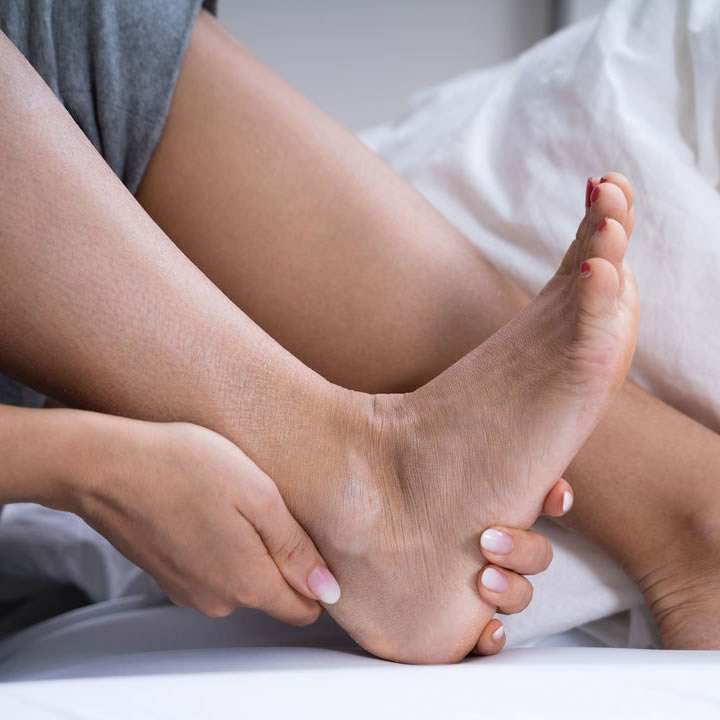Tendons connect our muscles to our bones with fibrous tissue.
When tendons are injured the healing process can be painful and last a long time. It is vital to take the important steps in caring for our tendons including procedures we can follow at home such as resting, taking supplements, and also following up with medical care.
Read this Tendon Repair 101 guide to help you understand how you can achieve tendon healing and health.
Rest
As with any injury, tendon repair requires a substantial amount of rest. Tendon healing occurring in the hands or knees may inhibit many daily activities such as washing dishes or taking our usual morning run, but it gives us time for rest.
Rest during tendon recovery helps the body heal and build and strengthen the healing processes within the body.
Sleep is one of the most beneficial ways to rest and proper sleep is an essential component in healing our bodies and repairing tendons. It may not seem like sleep plays an important role, but it is one of the most vital activities in our daily lives that promotes health.
Sleep gives our body a chance to revitalize, refresh, and strengthen the many systems within. Tendon repair can happen more quickly if we are getting enough rest and sleep.
Resting may also require that we eliminate extracurricular activities in order to reduce the overuse of an injured tendon. Tendons take time to heal as the body does not rebuild connective tissue overnight.
Find simple solutions to resting more such as taking a short power nap, clearing some time off your schedule to simply sit outside and enjoy your surroundings, or even something as easy as going to bed fifteen minutes earlier.
Achieving proper rest in our busy world can seem challenging because society has become so attached to staying busy, working, and taking care of others. This is where self-care becomes a critical part of tendon repair.
Take some time for yourself to do something calm and enjoyable so your body can work to your benefit.
RICE
RICE stands for REST, ICE, COMPRESSION, and ELEVATION. This is a simple treatment that can be done from the comfort of your own home when dealing with tendon repair. Resting as already covered helps the body heal and avoid further agitating the injured tendon.
Icing your injured tendon is the next step. This step is typically completed when the tendon injury has first occurred. Place a cold compress or ice on the tendon in 15-minute intervals. This process helps to reduce pain and swelling.
The next step is Compression. To further reduce swelling of the tendon, wrap the affected area with a tight bandage. If you are unsure how to properly do this, contact your primary care physician or visit your local urgent care facility.
In a further effort to reduce swelling from a hurt tendon, elevating the site of injury helps to keep inflammation down. You can elevate your injured tendon by propping yourself with pillows and doing so whenever you are sitting or laying down, especially in the first few days of tendon repair.
Peptides
Peptides have been shown to help promote healing within the body to help your tendon heal faster according to the recent studies done on animals. Supplements contain many vital nutrients for overall health and healing.
They can be found at most grocery stores and local health shops. Peptides have long been studied to uncover their benefits. In studies done on rats, the peptide BPC 157 showed tendon healing properties and greater functionality in repaired tendons.
Physical Therapy
Physical therapy can play a tremendous role in tendon repair. Weekly physical therapy visits can help you regain normal function and avoid further injury. Physical therapists are trained to help address patients with tendon repair needs.
Surgery
In some extreme cases, surgery may be needed to fully repair a tendon in order to regain function. Talk to your doctor about your options and other ways you can heal your tendon through medication and practical medical intervention.
Tendon repair takes time and by following these tendon repair 101 tips and tricks you’ll be feeling yourself again soon.

